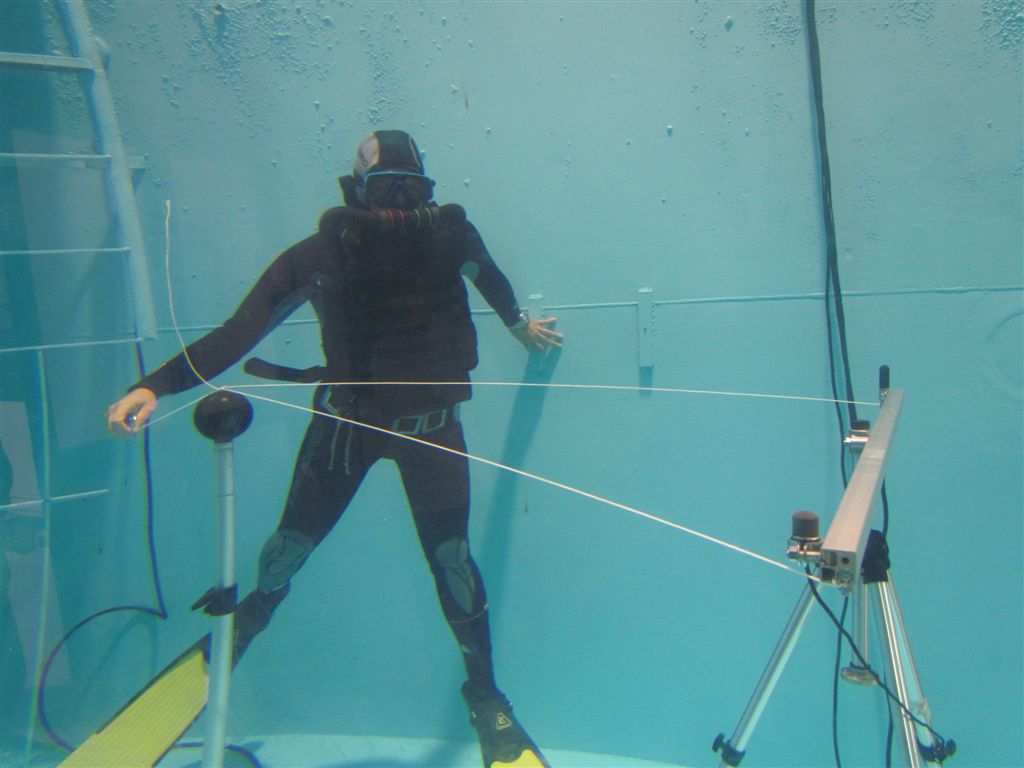Snusmumrik
Contributor
Mwah... My rebreather weights 16 kg. It gave me 2 to 3 hours underwater, limited by my physical conditions.???
My Technisub Aralu twin set weights 24 kg. It features that fantastic spring-loaed reserve, which ensure no risk of getting caught OOA, even if you forgive to watch your SPG.
Having such a nice air tank was one of the reasons for which I gave up using a CCR for recreational shallow dives.
Amd I see no reason for coming back...
I understand using a CCR for deep technical dives with Helium.
But frankly, for normal dives at less than 40 meters with light deco (so still fully recreational) my lightweight twin tank is perfectly adequate and providing me with plenty of dive time, limited by duration of deco stops, not by lack of gas.
No risk of getting caught OOG. Plenty of oxygen. Warm and wet breathing gas.
As i started to dive rebreather at very beginning of my underwater career, i see no reason for coming to OC side.
Pack can of sorb, pair of 2l 200bar O2 bottles, and go for at least 5 hours underwater for normal dives at less than 40 meters with light deco (so still fully recreational).
No need to carry compressor, no need to worry about how to fill tanks, no need to worry about OOG (yes, offboard bailout also servers as DIL source).
But if your Technisub Aralu twin set somehow gets an HP o-ring break or LP freeflow or fantastic spring-loaed reserve get stuck closed - you're dead or heavily injured by DCS/barotrauma/something else (you choose).
Main reasons for me to dive recreational rebreather:
1. Lot of gas relative to OC.
2. Easy to go away from filling station for a lot of time.
3. Can stay underwater much longer.
4. Less risk to get OOG.
5. Warm and wet breathing gas.
6. Last but not least. Silence. Often i've heard OC divers before i can see it.
Yes, rebreathers look a bit complicated relative to OC.
But it's like driving a car with manual gearbox vs automatic transmission.
Also.
Substitute rebreather for rifle.This is my rifle. There are many like it, but this one is mine.
My rifle is my best friend. It is my life. I must master it as I must master my life.





